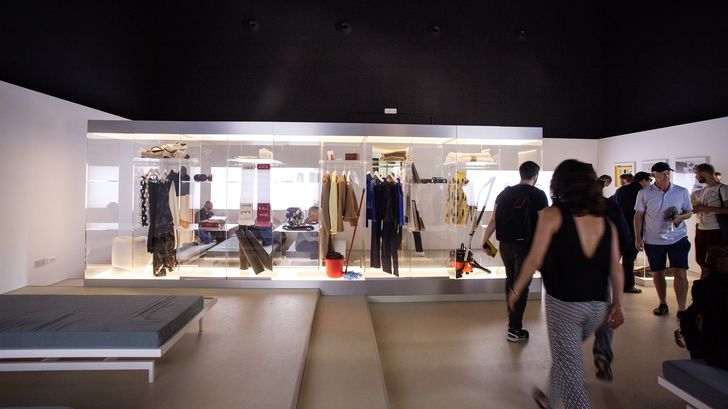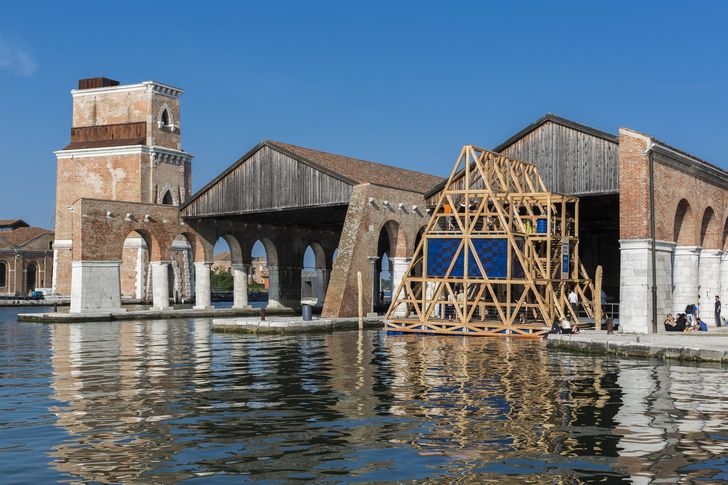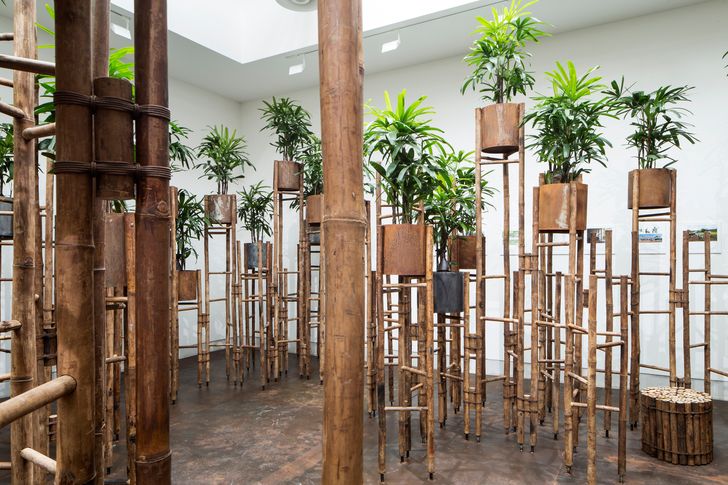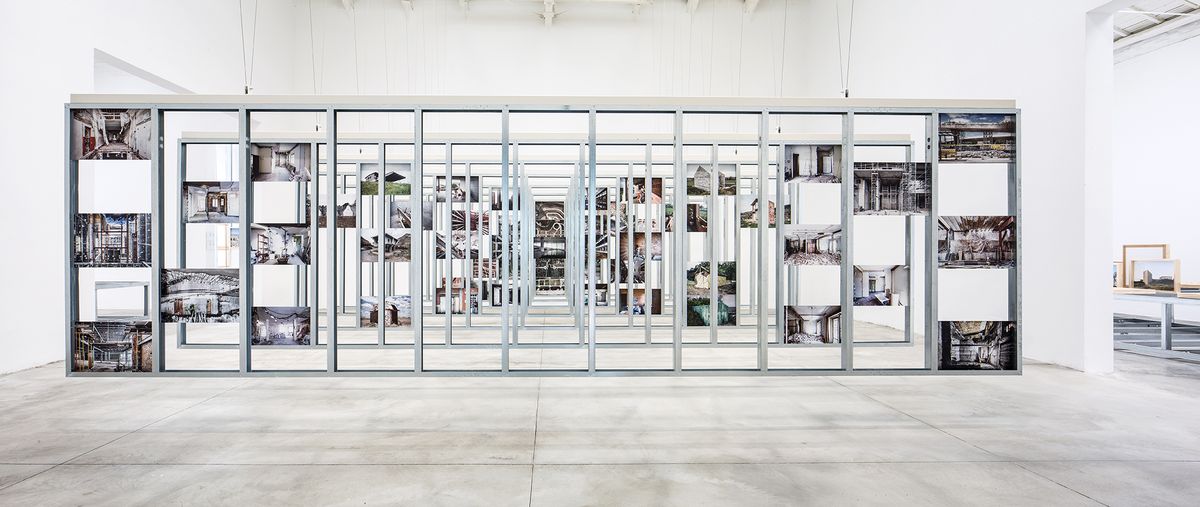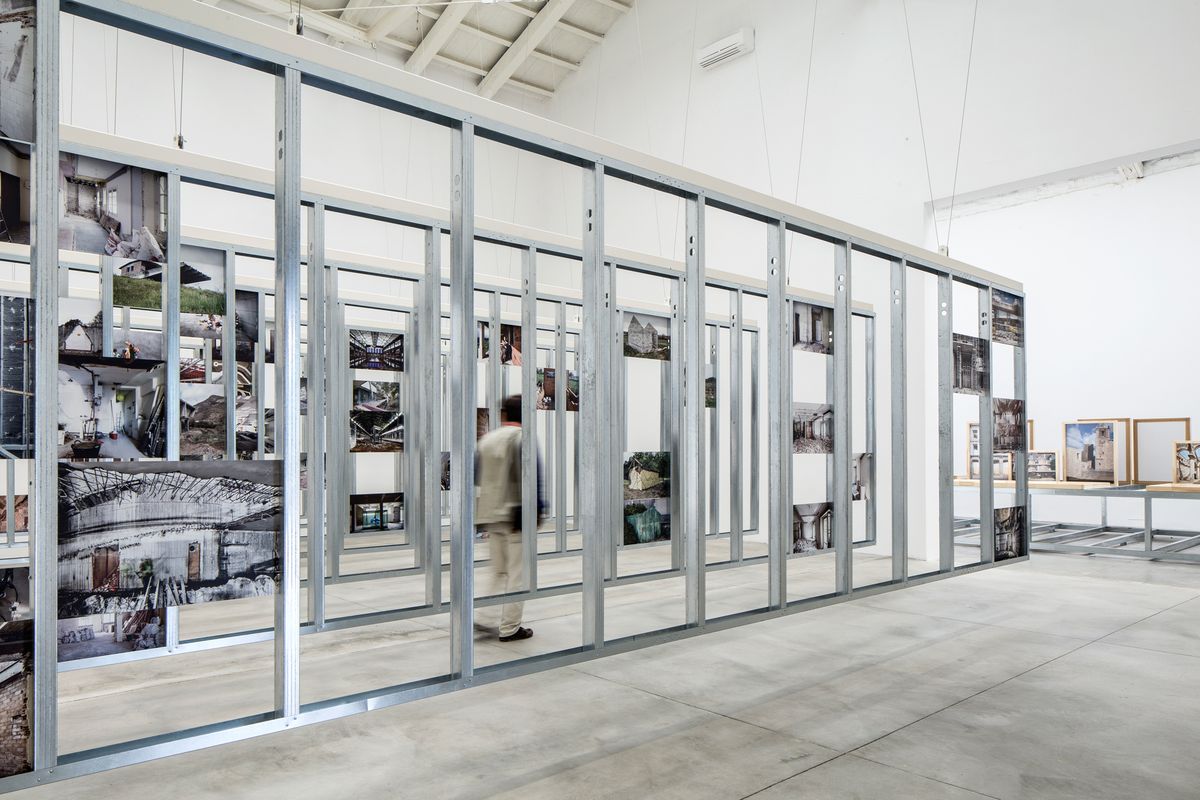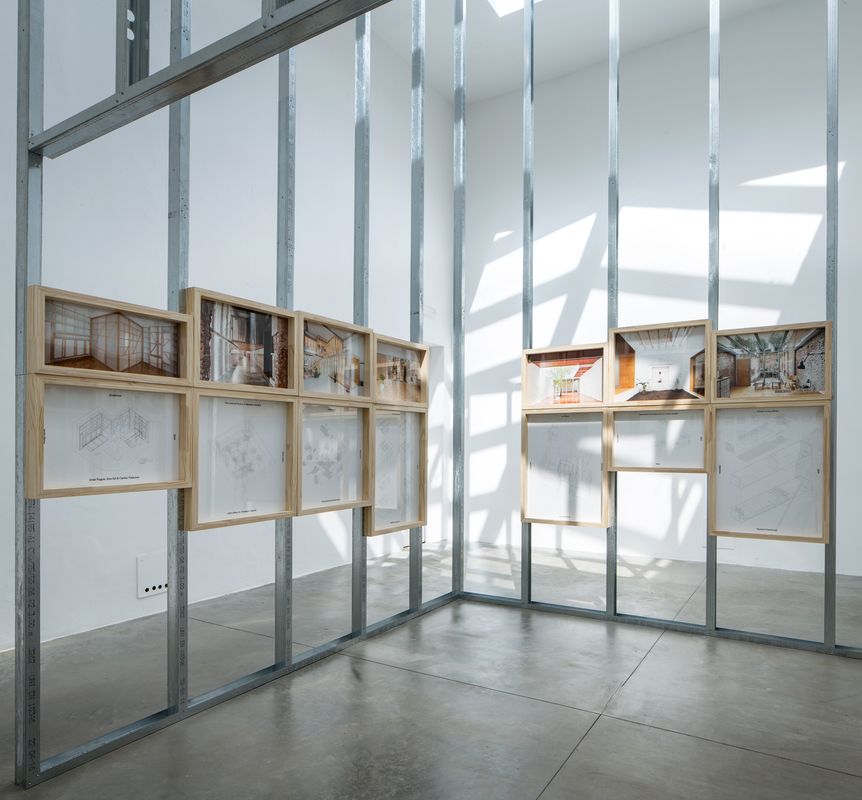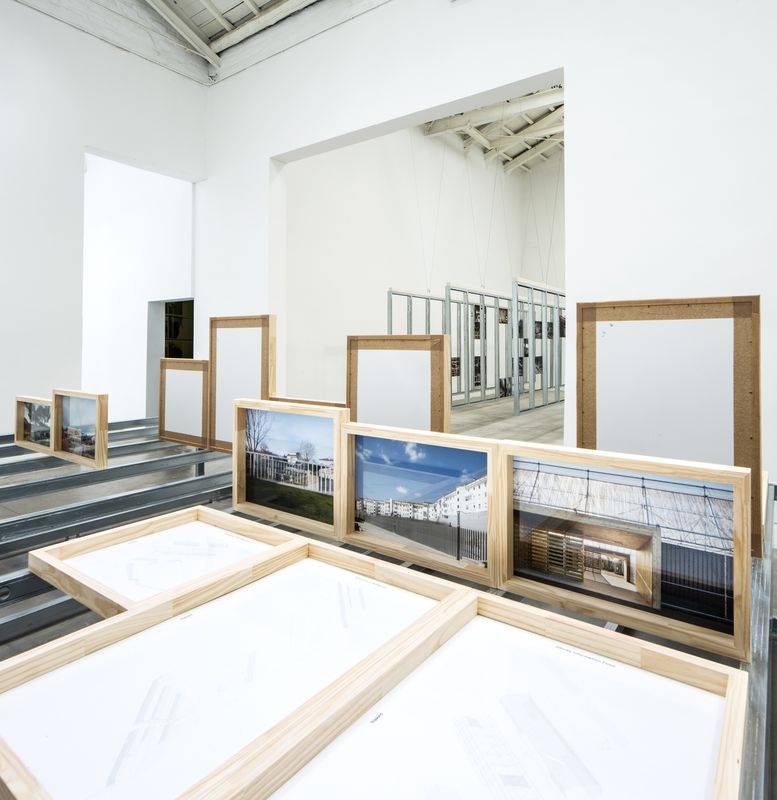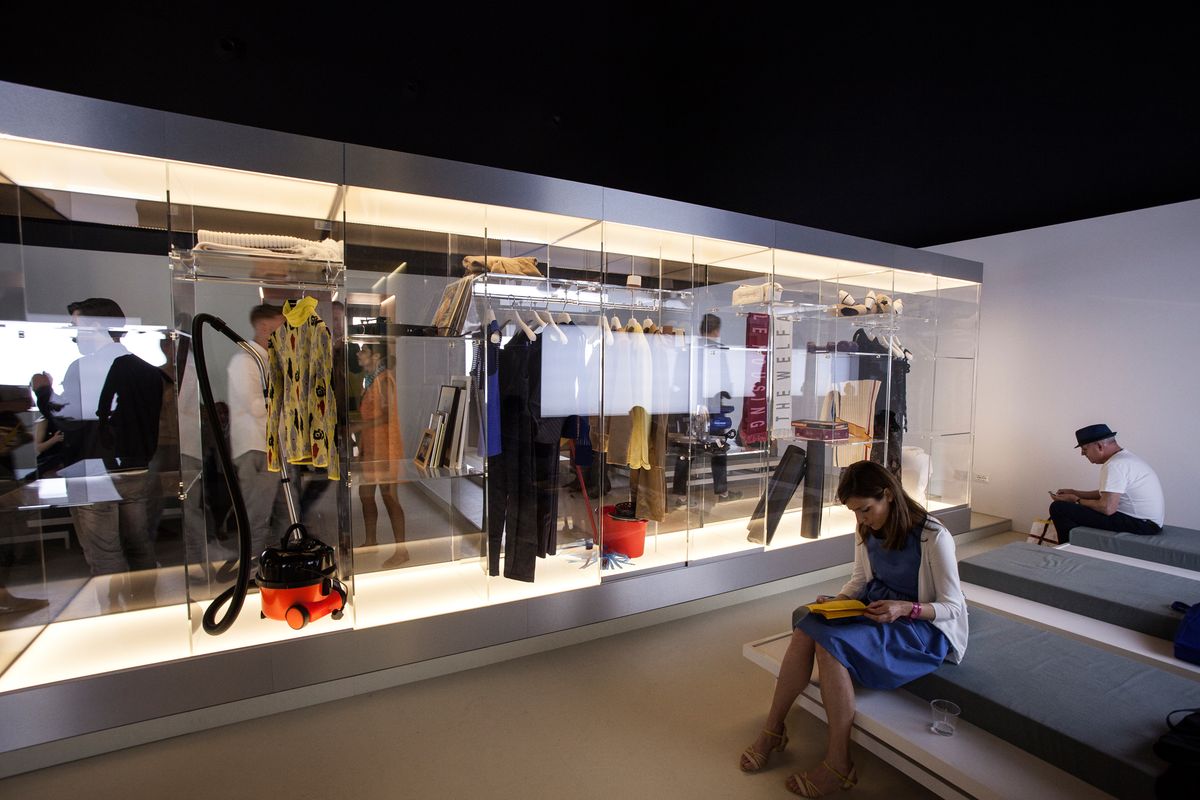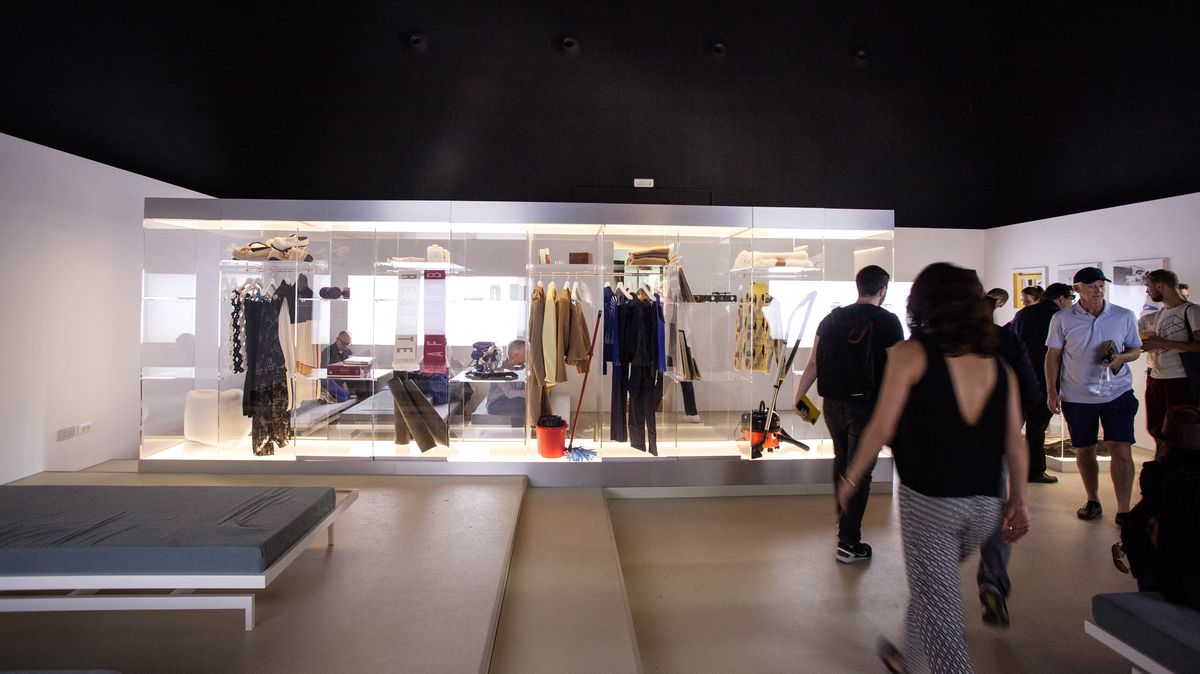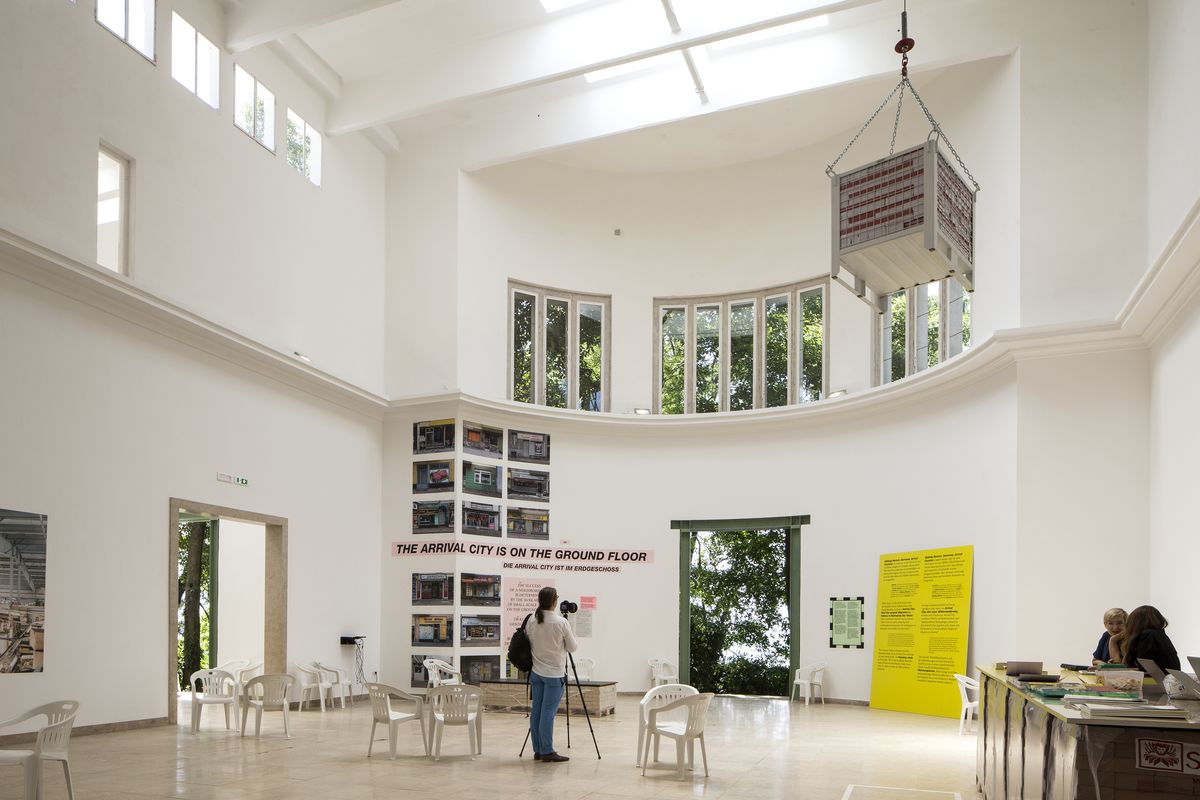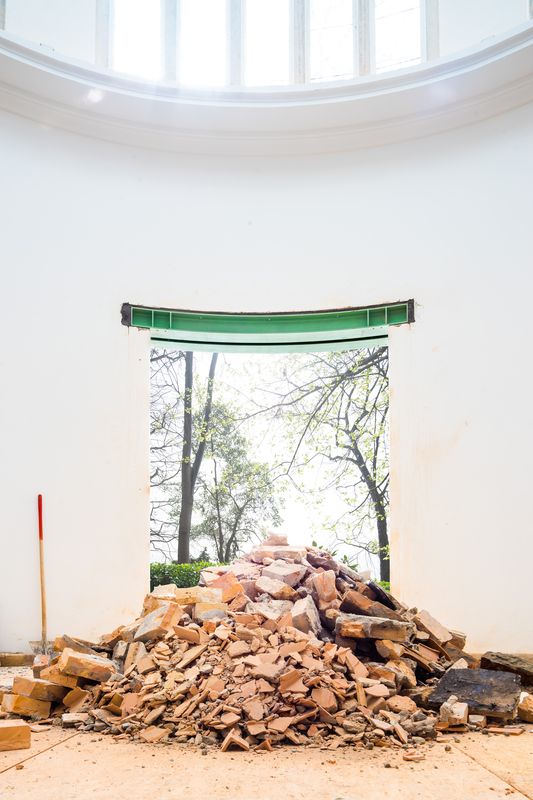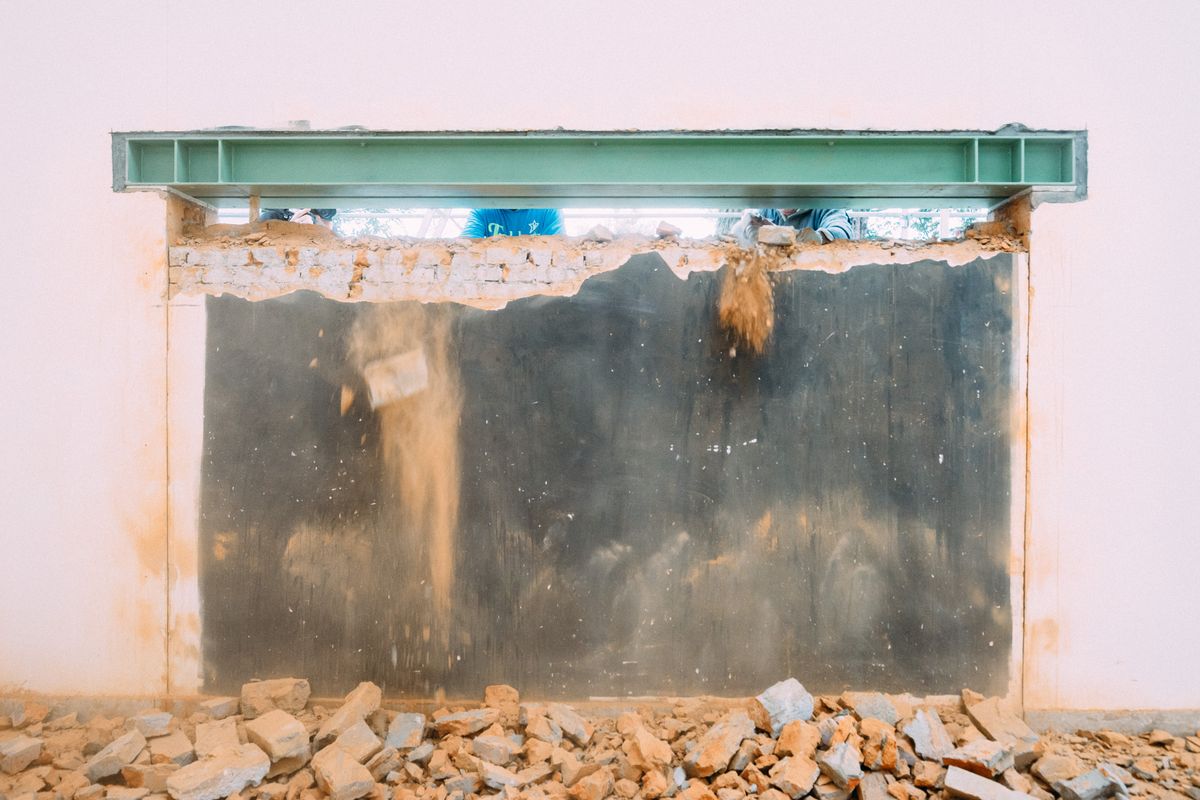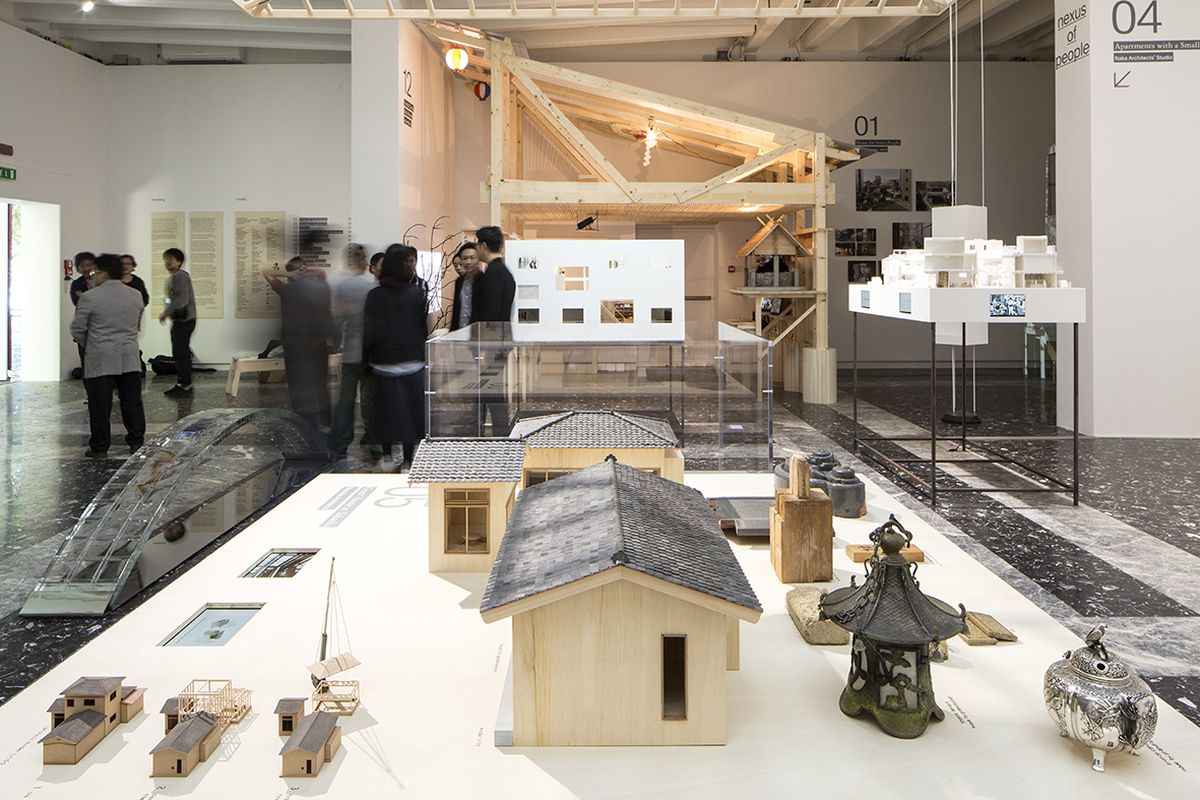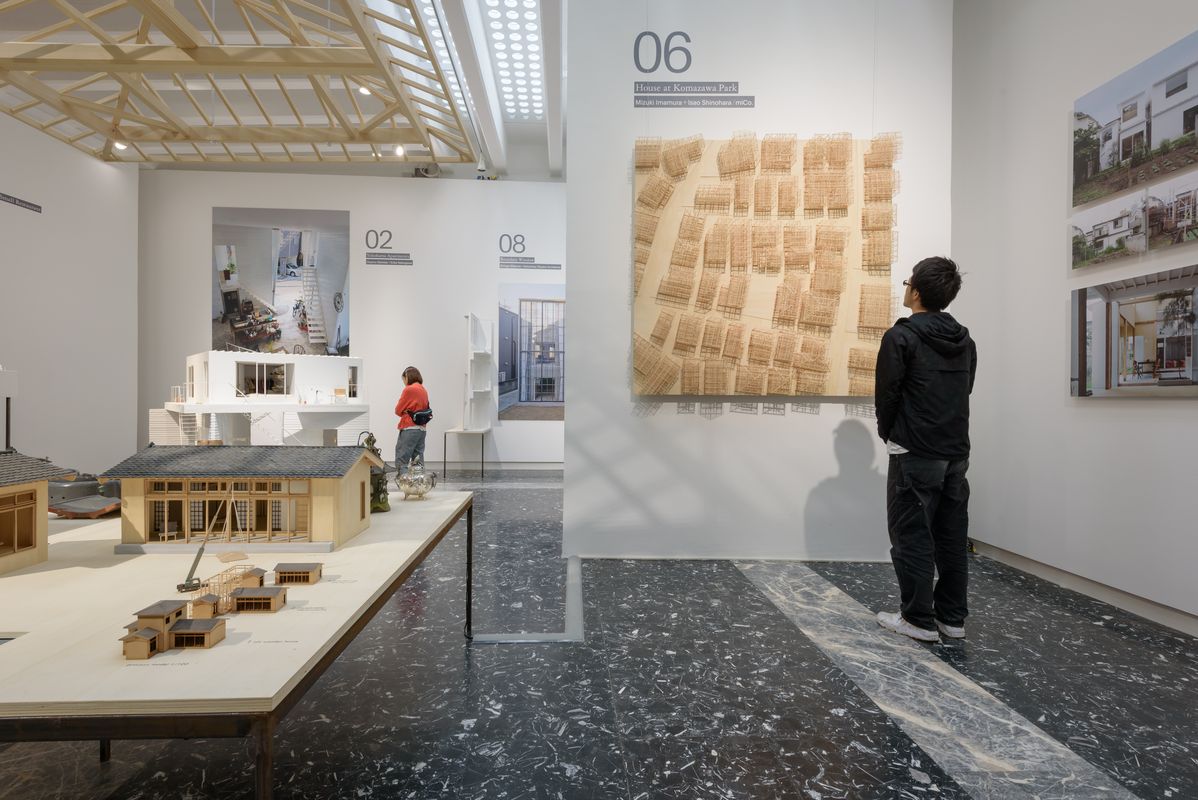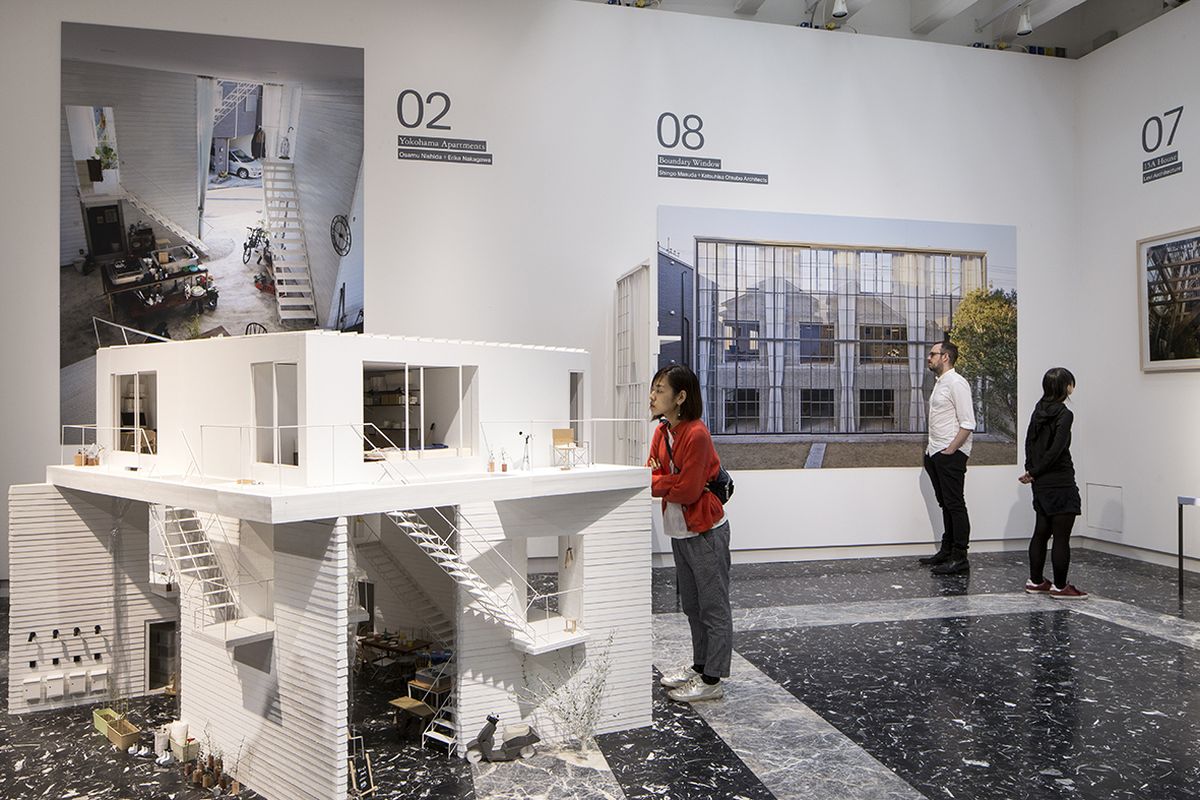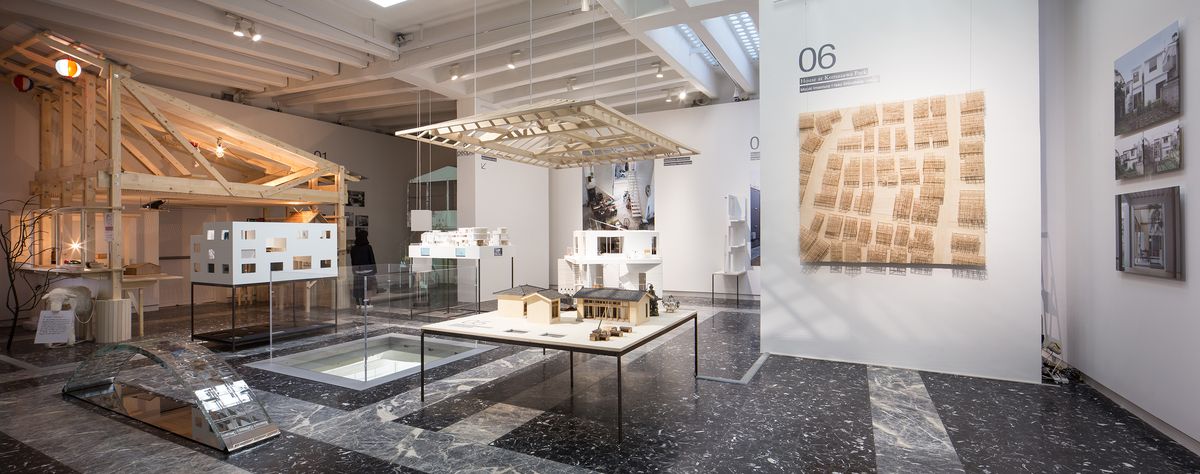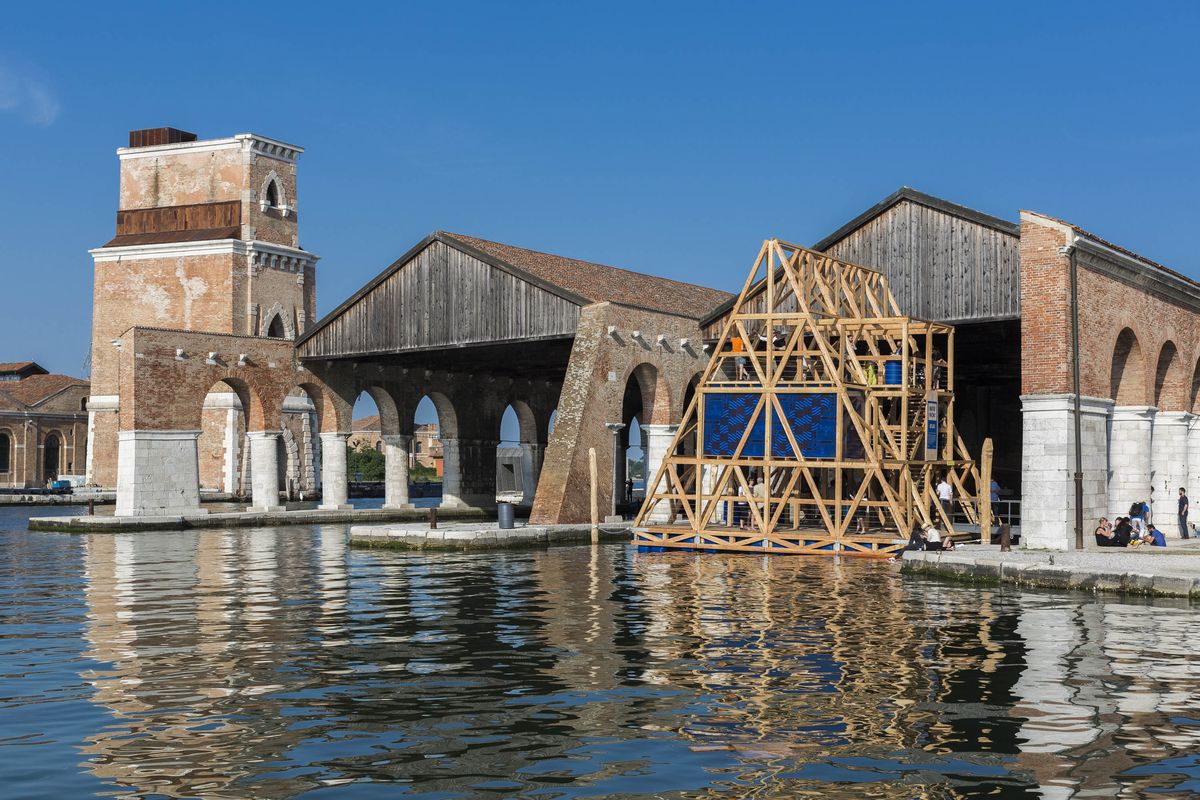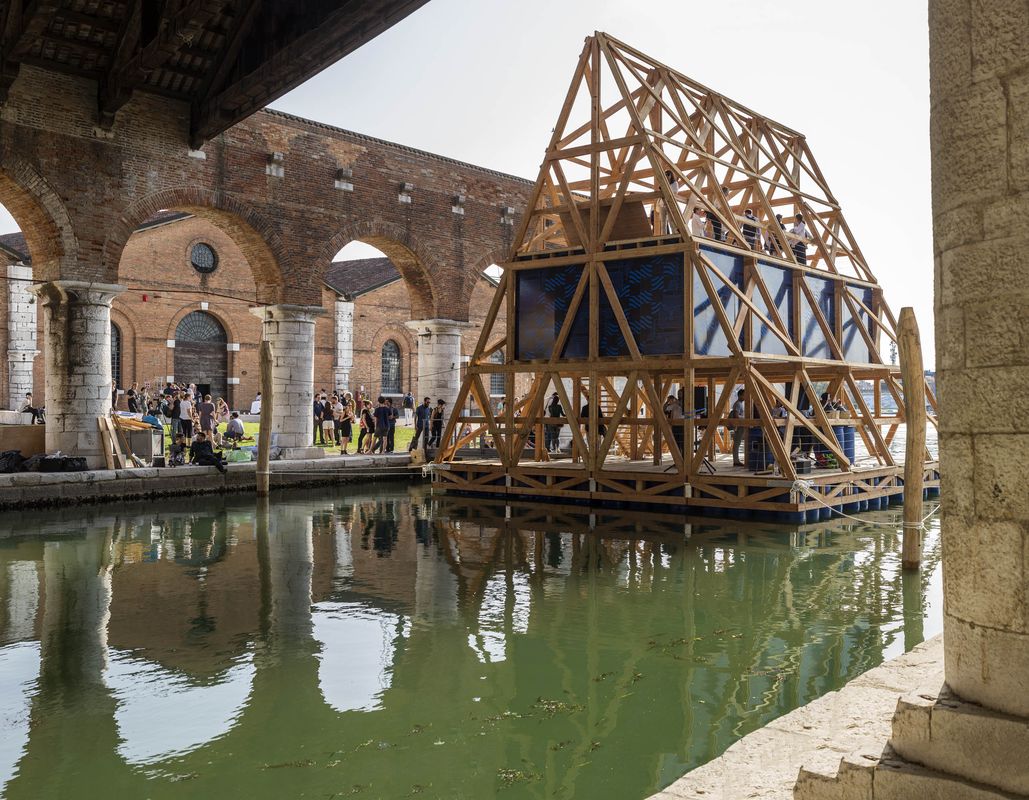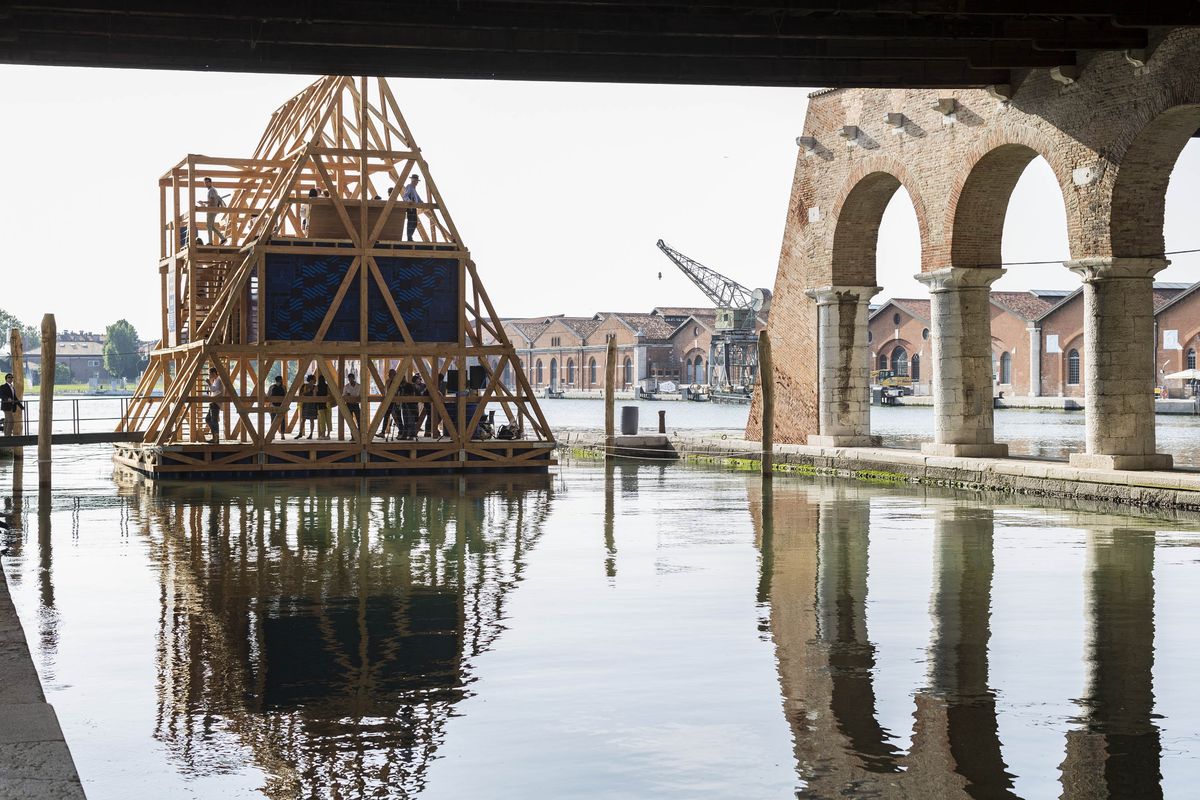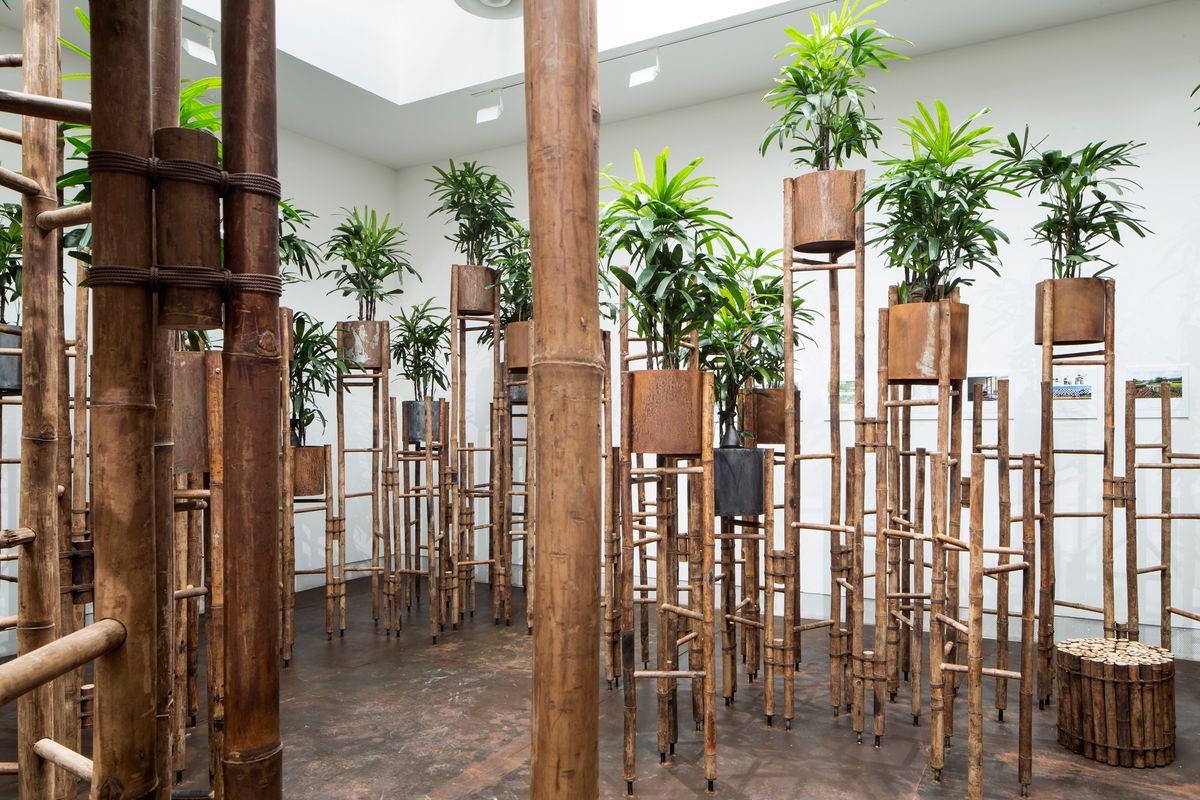When the director of the 2016 Venice Architecture Biennale Alejandro Aravena revealed his chosen theme, Reporting from the Front, he called on each country “to share with the rest of the world what are the fights they face at home.”
Curators of the national pavilions responded with a veritable smorgasbord of global (and in some cases universal) issues: housing (UK pavilion), the refugee crisis (Germany), unemployment (Japan) and the global financial crisis (Spain), to name a few.
Oliver Wainwright, The Guardian’s architecture and design critic asked, “does [the theme] make for an engaging show, or a tedious traipse through holier-than-thou humanitarianism and architectural self-flagellation – the latest attempt to convince the public that designers have a conscience?”
For a biennale that looked to take the moral high ground, Aravena’s has left critics with vexed feelings. The most vocal of the critics, the late Zaha Hadid’s business partner and self-appointed provocateur Patrik Schumacher, called for the biennale to be closed.
British exhibition: Home Economics at the 2016 Venice Architecture Biennale.
Image: Franceso Galli
Schumacher, who previously grumbled about Aravena being named the 2016 Pritzker Prize Laureate, mouthed off again, telling Italian publication Il Giornale dell’Architettura that “the biennale and Aravena [are] unequipped to comment on [social] issues.”
“It’ll be much more better presented in a kind of […] a critical documentary with analytical discourse and the debate amongst political economists and activists,” he continued.
“Not architects self-appointing themselves out of bad conscience to pander to this world […], which I think is very amateurish and unprofessional.
“That’s why I’ve been saying provocatively this biennale has to be closed. I would petition, if I was an activist, to close this biennale, because it’s a waste of resources.”
“I don’t see that Aravena has the moral high ground relative to my position.”
His comments drew reaction from several other critics, among them Phineas Harper, deputy director of the Architecture Foundation, who labelled opinions like Schumacher’s a “grim world view” and “historically ignorant.”
“The story of human progress is not made in sweeping decisions by powerful individuals but by complex social movements whether of the Right, the Left or neither,” Harper wrote.
“To insist that anybody with even the smallest agency to make the world a better place should sit idly by and wait for a messiah to intervene on their behalf is not just lazy, it is breathtakingly dull.”
The challenge for many Vernissage-weary writers was in finding visual seduction among the rugged, the rustic and the virtuous. At a fleeting glance, “there’s a lot of mud, brick and bamboo on view,” Mimi Zeiger, an LA-based critic, wrote in Dezeen. Phineas Harper found “Venice 2016 hosted some dry pieces of research which, though clearly important in content, failed to leap from the gallery walls.”
Kunlé Adeyemi’s (NLÉ) installation for the Reporting from the Front core exhibition at the 2016 Venice Architecture Biennale.
Image: Jacopo Salvi
Edwin Heathcote, architecture and design critic for the Financial Times, wondered whether the 2016 biennale reflected the ebb and flow of “conscience.”
“On the one hand there is the urge to express (architecture as art) and on the other the urge to confess (social conscience). This year the pendulum has swung back towards the latter. In appointing its curator […] the Biennale has found atonement for its global sins, while still being able to indulge in an idea of the architect as supranational star, a saviour figure.”
Enter Alejandro Aravena, who was labelled “the starchitect of the poor” by the World Bank blog.
But the world can only have one “saviour” it seems and while others may aspire, can they succeed?
“Architects would love to solve the world’s problems with an elegant solution,” Heathcote continues. “But the world’s problems are many and radically different.”
Back to Mimi Zeiger, who seemed to accept Aravena’s proposition of “design and added value instead of an extra cost or architecture as a shortcut towards equality,” however, she was not convinced that the responses validated the proposition.
Installation by Vo Trong Nghia Architects in the Reporting from the Front core exhibition at the 2016 Venice Architecture Biennale.
Image: Francesco Galli
“In lauding the purposefulness of bamboo armatures or innovative brick vaulting, might we also ask, is architecture really this guileless?” she wrote. “Can (or should) a discipline so regularly in the service of power and capital be honest even when celebrating the most earnest and humble of works?”
And in ignoring how the true cost of labour and materials affects issues of social inequity, does Aravena’s biennale risk fetishizing the poor?
“Reporting from the Front’s fixation on the authenticity of construction valorizes the handmade without engaging with the real costs of labour at local and global scales,” Zeiger continued.
“The truth is that in our largely networked world, socially minded design is not restricted to the honesty of material culture, but is an active participant in a pervasive, democratic digital realm. It is not more complicated than that, but also not easier than that.”


